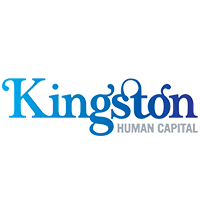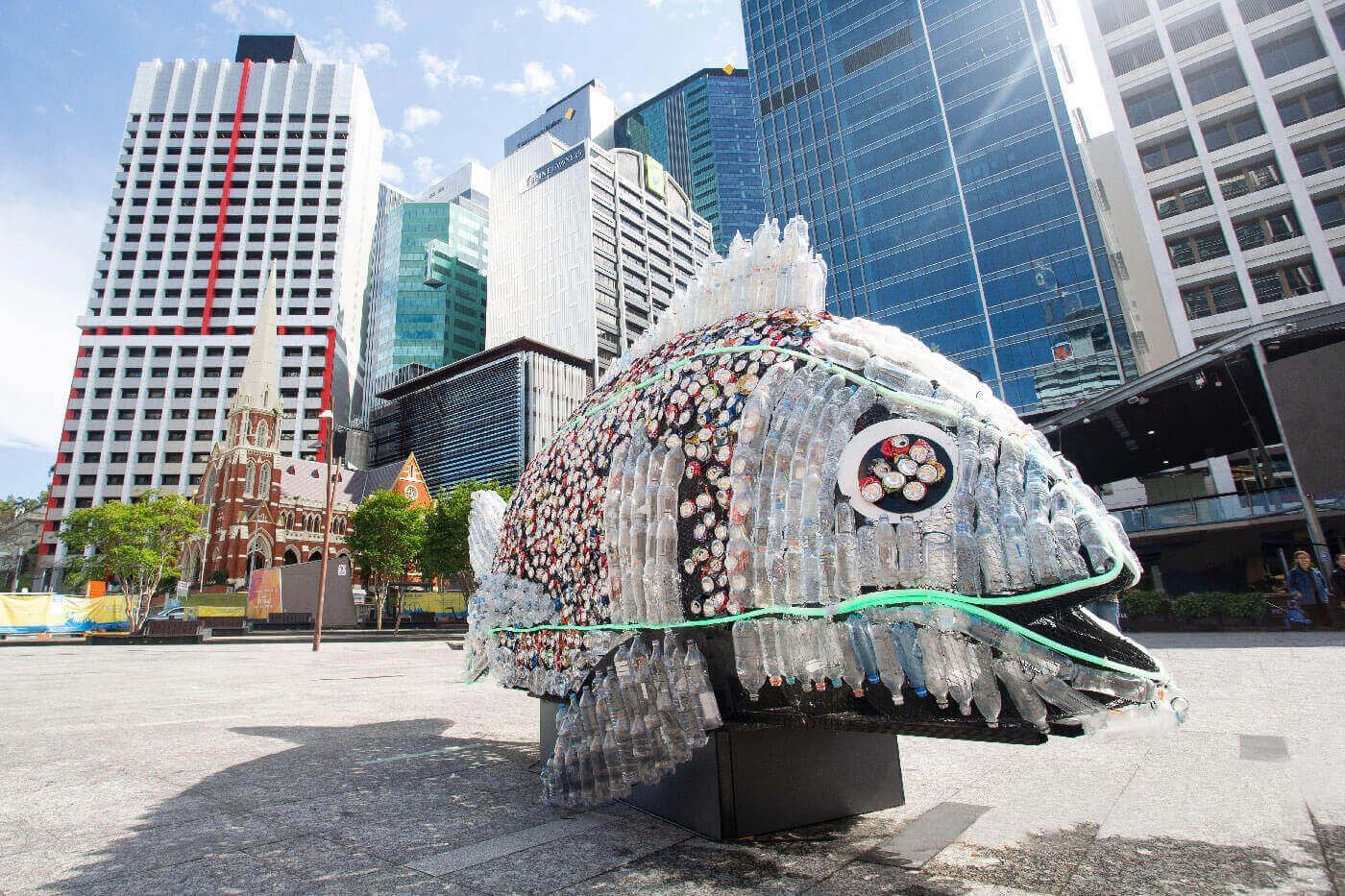Here Is How You Prepare For The Workplace Of The Future
The workplace of the future is closer than you think.
According to the recent Australia’s Automation Opportunity report from McKinsey & Company, it is estimated that between 25 and 46 per cent of current work activities in Australia could be automated by 2030, helping to drive a renaissance in productivity, income and economic growth.
What does this mean for employers and employees? How are you and your organisation preparing for this future automated workforce?
In this short video Kingston Human Capital Founder and Executive Director, Elizabeth Kingston, provides valuable tips on preparing for the workplace of the future.
According to new research from the Australian Automation Report by McKinsey, almost 1 million entirely new jobs could be created by 2030 as a result of automation. This is some good news considering all of the statistics that we’ve been hearing about the displacement of our jobs in the workforce.
But, the report also estimates that between 3.5 and 6.5 million full-time equivalent positions could be displaced in the job shift. They also report that there’ll be much job churn as some of the activities that we perform in our roles are automated.
What we know for sure is that jobs will be lost, others will be created, but almost every single job will be affected in some way , and without proactive leadership to manage the transition to the workplace of the future, automation is going to have a major impact
So, as leaders, it’s going to be critical for us to consider now how we can prepare and plan to act in the future. But the good news is, is that with any great change there comes great opportunity.
Now, there is a lot that proactive leaders can do to future-proof their organizations. The key to being ready for the workplace of the future is to plan and prepare and act now. And here are some ways to get you started;
- You can think about getting on the front foot by assessing and evaluating the size and shape of the future workforce that your organization is going to need.
- Then, you can start identifying and mapping the critical skill sets that your future workforce needs to possess in order to execute its strategic plan.
- Once you’ve got this done, partner with your external recruitment providers so that they can support you to develop a proactive and compelling talent attraction strategies that resonate with candidates who possess those future critical skills.
- Now, it’s also important to anticipate that there’s going to be many other organizations having the same demand for those must-have soft skills of the future. Some of these have been identified as adaptability, problem-solving, innovation and collaboration.
So, given that many organizations are going to be competing for the same thing, it’s really important that you can articulate your organization’s unique offerings to the talent market in a really compelling way. Churning out a dry old jobs description and a bit of a mission statement probably won’t cut it.
We need to consider now, the contemporary talent attraction tools that share your organization’s narrative and leverage the digital world. Video and robust social media campaigns are already proving to have a strong return on investment.
Another thing that’s going to be key for leaders is to reduce their organizations average time to hire. It’s no longer acceptable to have an average time to hire of six to eight weeks because the best talent will be in high demand, and they’re not going to be likely to wait around for six to eight weeks, particularly when one of your competitors has a compelling opportunity and a swifter recruitment process.
Your average time to hire can be reduced by better talent pool planning, better pipelining, and more effective platform uses, as well as building continual use talent communities, and executing continual engagement and communication strategies
that speak deeply to those communities. So when you are ready to hire, you’ll already have a suitable workforce to select from.
And finally, as leaders, the hiring that we do now will impact our 2030 workforce. It’s only 11 years away. Every single hire that you make right now needs to suit your needs for now, but also your future state needs.
Start now, by thinking about how you can embed questions into your interview processes that will really help you identify those skills that are going to be critical to your future. Good luck in planning your workforce of the future.








